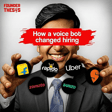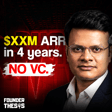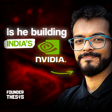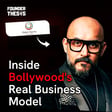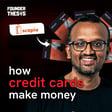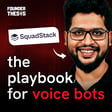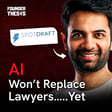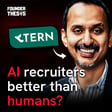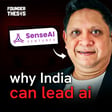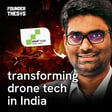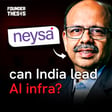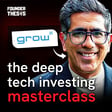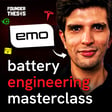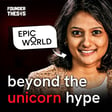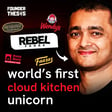
A masterclass on the services to product pivot | Nishant Patel @ Contentstack
What’s the first thing that comes to your mind when I tell you that in this episode, we are featuring a Patel who built a business in the US? The stereotype says that he would be running a motel or a convenience store - but this Patel has built a b2b SaaS company that is almost a unicorn.
Nishant Patel moved to the US when he was just 14, and then went on to become a techie in the San Francisco Bay area at the peak of the dot com bubble in the year 2000. He was there when the term cloud was coined, and he was so fascinated by the promise of the cloud that he quit his job and started Raw Engineering - which was helping companies adopt cloud technologies.
He then achieved the rare feat of building not one but three product businesses within that services business, and the biggest of them is Contentstack.
Contentstack is a fascinating business - it’s a pioneer in the space of the headless CMS, and this episode is a deep dive that will help you understand the content space and how it has evolved over the last decade, and what is the secret sauce behind Contentstack because of which it has raised almost 180 million dollars and is near a unicorn valuation.
Subscribe to the Founder Thesis podcast for more such deep dives with tech leaders.
